Resources for Compost Practitioners
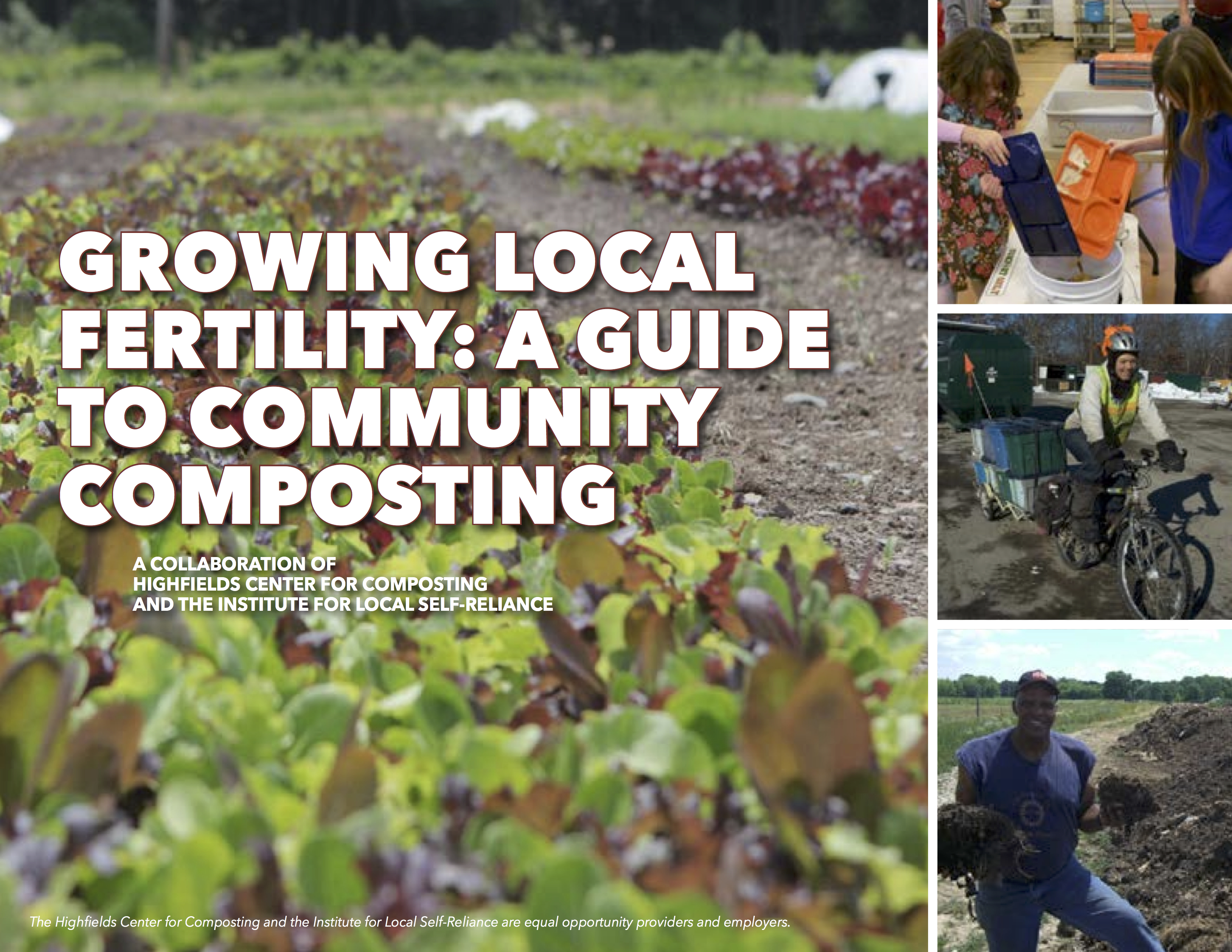
Growing Local Fertility: A Guide to Community Composting aims to strengthen expansion of community-scale composting by describing successful initiatives, their benefits, how these initiatives can be replicated, key start-up steps, and the need for private, public, and non-profit sector support.
-
Part 1 summarizes what composting is and why it is important, and defines the principles of community composting
-
Part 2 describes commonly used composting systems.
-
Part 3 provides 31 profiles of a wide range of community composting initiatives. Several of the programs featured are located in Vermont, where the Highfields Center for Composting was based. The Institute for Local Self-Reliance (ILSR) has augmented the Vemont models with exemplary programs from around the US.
-
Part 4 outlines 12 steps to consider when planning your own project.
-
Part 5 shares tips for replication from our model programs.
-
Part 6 concludes with suggestions for how food scrap generators, local solid waste planners, and other stakeholders can support community-based composting.
Composting Cranberries
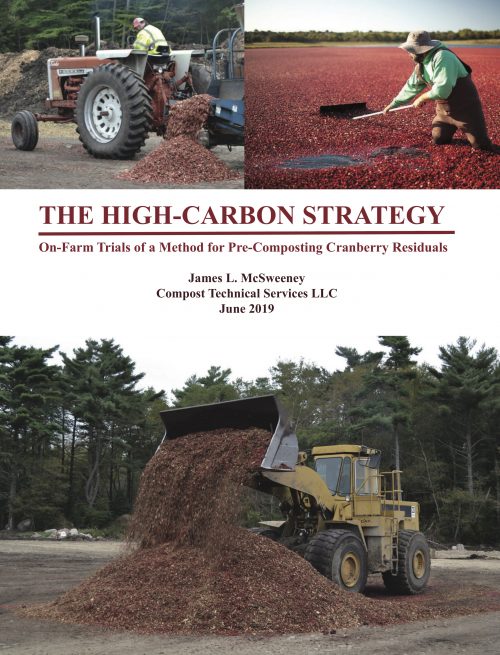
Cranberry farming is the second largest agricultural sector in Massachusetts, accounting for just over $100 Million in revenue a year according to the Commonwealth’s 2015-2016 annual report on agriculture. The processing of cranberries into marketable products generates a variety of residuals, including thousands of tons of culled berries, during the harvest season. The primary method for returning discarded berries to beneficial reuse in Massachusetts is composting. To date, however, publicly available information about effective methods for incorporating cranberries into composting operations is scarce. The lack of technical resources in this area is problematic since cranberries are a high- moisture and high-acidity material, factors that are distinct and potentially challenging from a composting perspective. State agencies have reported issues with smell when composters have added cranberries into typical compost mixes.
In response to escalating concerns, a veteran composter and organic cranberry grower, Philip DeMoranville of Kingfisher Corporation in North Dartmouth, MA, began experimenting with a method we’ve come to call the high-carbon strategy (HCS). The HCS involves blending cranberries with wood chips and allowing the composting process to buffer the pH of the mix. Once the acids are degraded, the mix can be used as a bulking agent in typical composting recipes, without the risk of initiating or exacerbating undesirable pH conditions in other putrescent feedstocks.
Initial HCS trials in 2017 showed strong promise, and with support from Ocean Spray Cooperative and Compost Technical Services LLC, and in consultation with Massachusetts Department of Agricultural Resources, Kingfisher Corporation conducted scaled-up on-farm trials of the HCS during the 2018 harvest season. Overall, our experimentation showed an incredibly effective and forgiving process, as long as woody materials are the only feedstock used. The methods and results are discussed in this report, along with some lessons learned about method optimization, and risks of which compost practitioners should be aware.
Compost Recipe Development
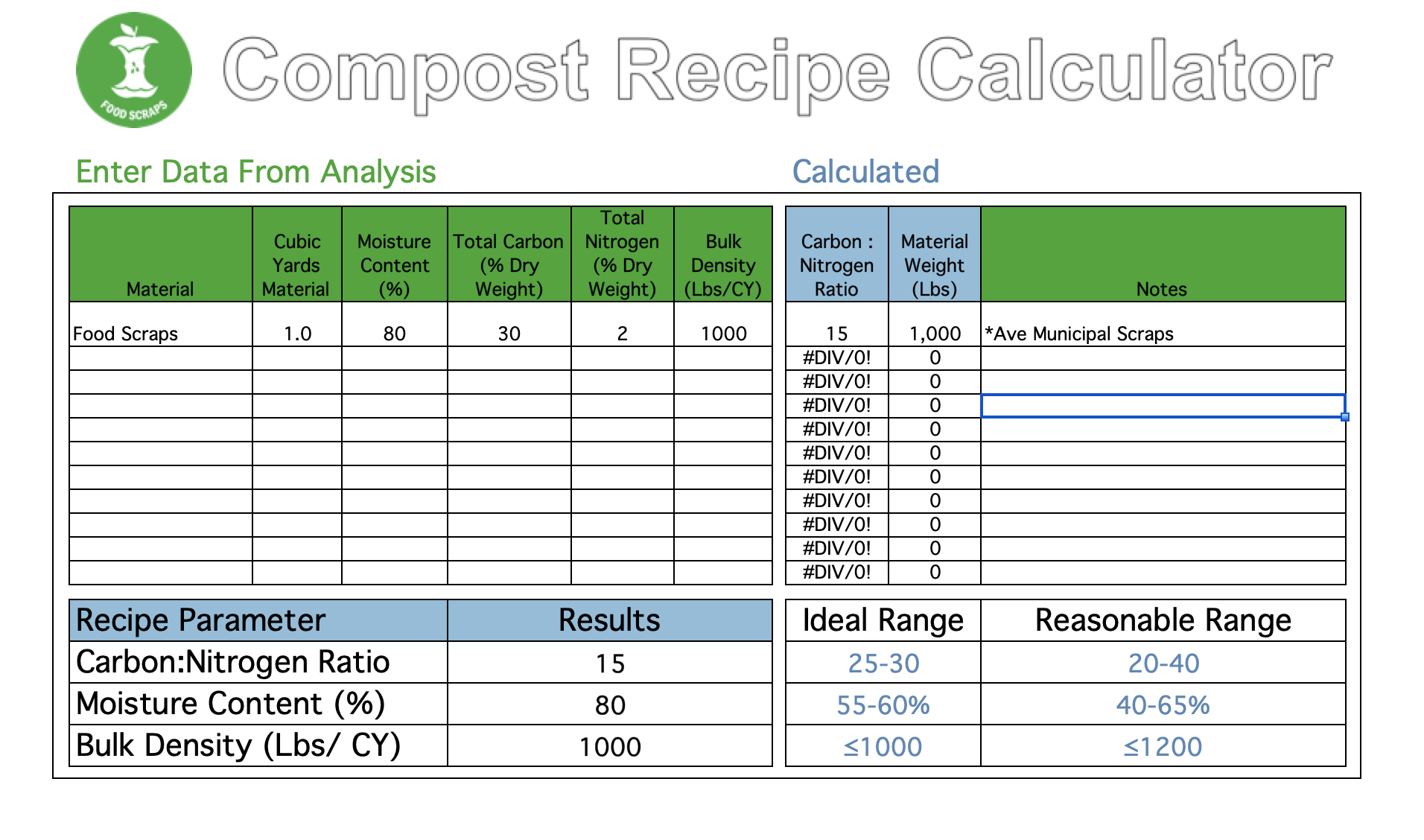
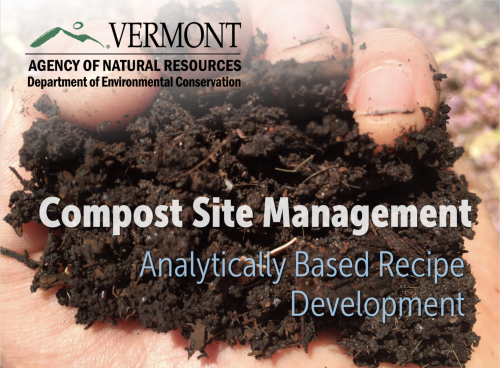
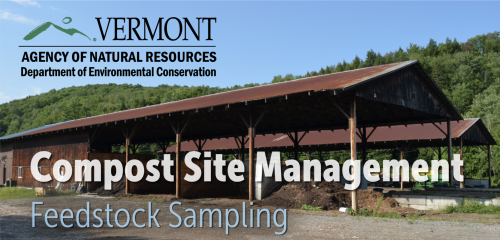
An excel spreadsheet that allows you to calculate the carbon : nitrogen ratio, moisture content, and bulk density of up to 10 blended feedstocks.
Tips and tricks about the compost recipe development process.
Easy protocol for preparing a compost feedstock sample for lab analysis.
Pile Monitoring & Management
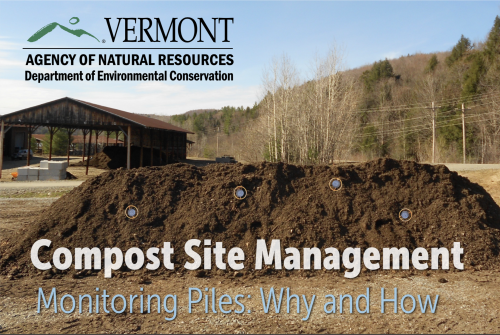
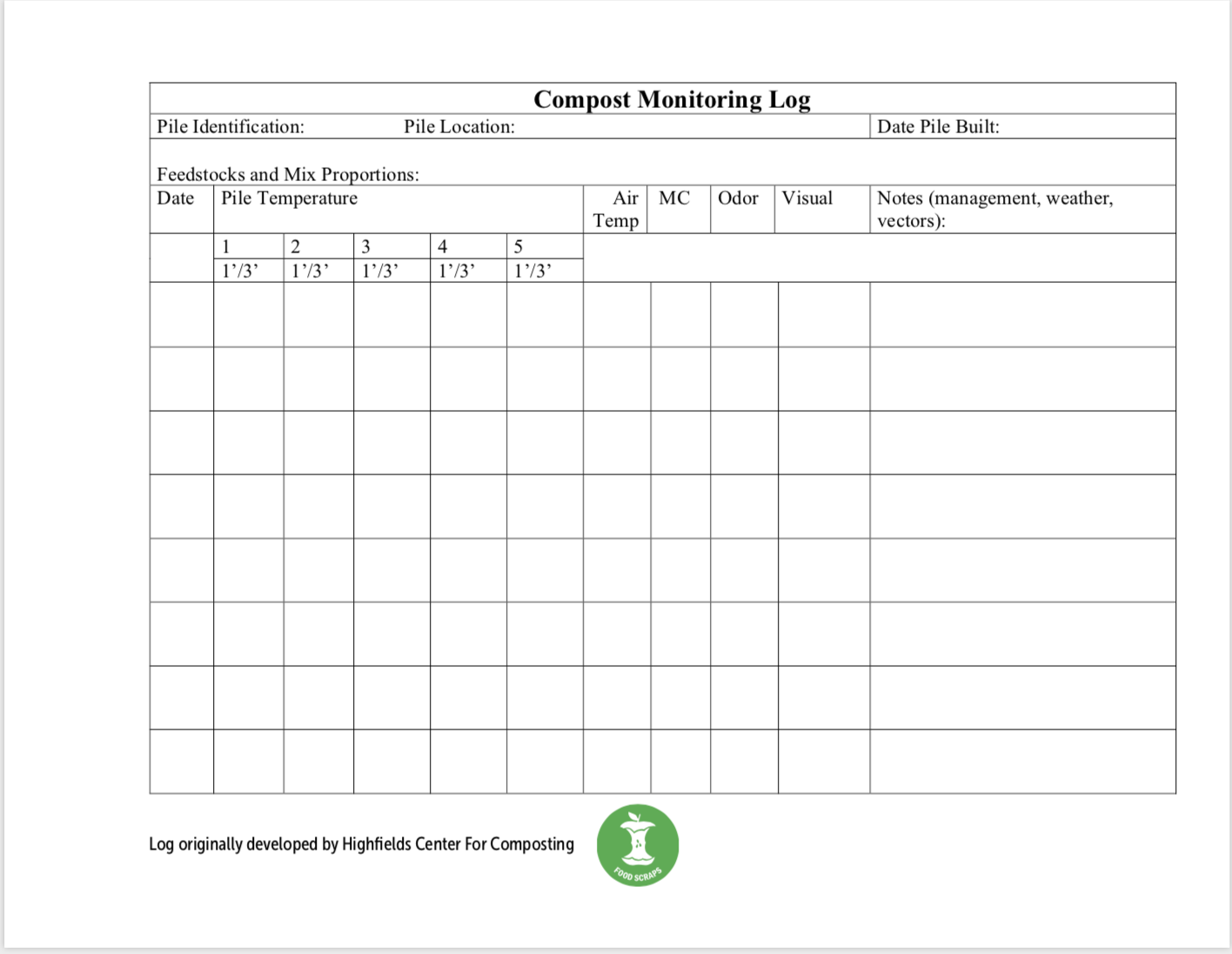
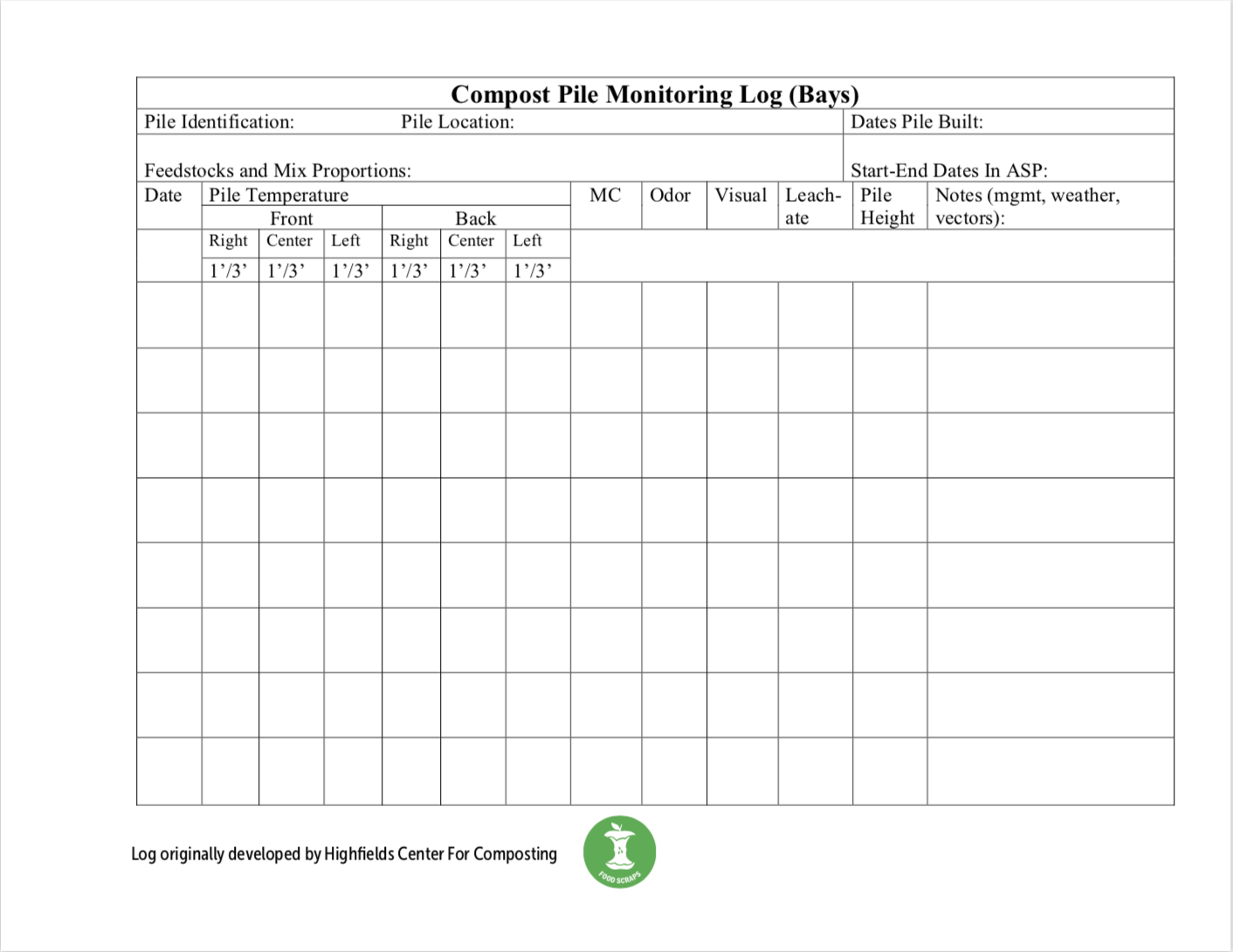
A simple guide on compost pile monitoring and management response.
Printable pile monitoring logs for windrows.
Printable pile monitoring logs for bays.
